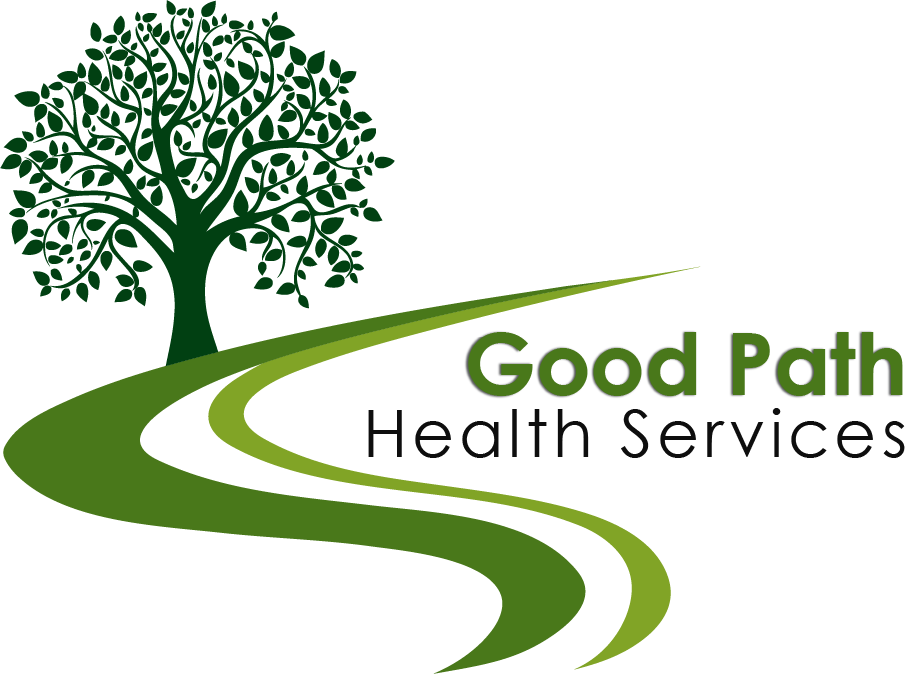
Anxiety is an indivisible part of the human experience; it’s a natural reaction to stress and can sometimes be beneficial—alerting us to possible dangers and helping us perform under pressure.
But when anxiety becomes excessive, it can cause disorders that are disruptive in the long run.
An understanding of these disorders is essential for those affected as well as for family members, and friends supporting them.
This critical analysis will focus on different types of anxiety disorders, their appearance, impact and how to cope with them.
Anatomy of Anxiety Disorders
Group of mental health problems that lead to overwhelming worry or fear that can interfere with everyday functioning are called anxiety disorders.
These conditions are not just passing concerns; they persist and may worsen over time when untreated.
They manifest in various forms and shapes — each having specific signs and triggering factors.
Symptoms and Their Consequences
Before we start discussing types of anxiety disorders, it’s important to know the general symptoms of these disorders and their consequences in general.
Anxiety symptoms can take the following forms:
- Persistent and excessive fear or worry
- Feelings of edginess or restlessness
- Concentration difficulties
- Sleep disturbances
- Physical symptoms like rapid heartbeat, muscle tension, and irritability
Related Reads:
How Many Types of Anxiety Disorders Are There?
According to the American Psychiatric Association (APA), there are six main types of anxiety disorders.
Each has its unique features, but they all revolve around excessive, irrational fear and dread.
1. Generalized Anxiety Disorder (GAD)
People diagnosed with GAD undergo excessive apprehension or unease about many things happening around them.
The worry is uncontrollable, often distorting into unrealistic or exaggerated fears.
Too much worrying like this may also result in physical signs that can be experienced even if there is no immediate danger.
GAD symptoms resemble those experienced during panic attacks but less severe, varying over time.
Symptoms:
- Excessive, ongoing worry and tension
- An unrealistic view of problems
- Restlessness or a feeling of being “edgy”
- Irritability
- Muscle tension
- Headaches
- Sweating
Coping Mechanisms:
- Cognitive-behavioral therapy (CBT)
- Medications, such as antidepressants or anti-anxiety drugs
2. Panic Disorder
Panic disorder means regular unexpected panic attacks occur.
Panic attacks are sudden periods of intense fear that may include palpitations, sweating, shaking, shortness of breath, numbness, or a sense of dying.
These episodes have no clear trigger and can be terrifying for the person experiencing them.
Symptoms:
- Rapid heartbeats, sweating, trembling, and shortness of breath
- A choking sensation, chest pain, and nausea
- Dizziness and sweating
- Numbness or tingling sensations
- Fear of losing control or impending doom
Coping Mechanisms:
- Panic control therapy, which aims to reframe panic responses
- Medications, mostly anti-anxiety or anti-depressants
3. Social Anxiety Disorder
This condition, also called social phobia, is about feeling anxious in social situations.
People dealing with social anxiety often worry about being judged and feel really self-conscious in social settings, making it tough to build relationships or go after opportunities.
Symptoms:
- Intense fear of interacting with strangers
- Extreme self-consciousness in everyday social situations
- A strong fear of being watched and judged by others
- Blushing, sweating, or trembling
Coping Mechanisms:
- Exposure therapy
- CBT that focuses on your thoughts and beliefs about social situations
4. Phobias
Phobias are marked by a strong, irrational fear of an object or a situation that poses little real danger.
Despite this, people with phobias go to great lengths to avoid the source of their anxiety, which can greatly limit their day-to-day activities and cause a lot of distress.
Symptoms include:
- Awareness that the fear is unreasonable
- Immediate anxiety response when faced with the source of your fear
- Avoiding the source of your fear
Coping Mechanisms:
- Gradual exposure to the feared object or situation
- Medications, like anti-anxiety drugs
5. Obsessive-Compulsive Disorder
OCD is a combination of intrusive, unwanted thoughts (obsessions) and the uncontrollable urge to repetitively perform actions (compulsions).
These obsessions and compulsions can consume substantial amounts of time, cause distress, and disrupt daily activities.
Symptoms:
- Fear of germs or contamination
- Unwanted forbidden thoughts involving sex, religion, and harm
- Aggressive thoughts towards self and others
- Arranging and ordering things in a particular, precise way
Coping Mechanisms:
- Exposure and response prevention (ERP)
- Medications, such as selective serotonin reuptake inhibitors (SSRIs)
6. Post-Traumatic Stress Disorder
PTSD can develop after someone has been exposed to a traumatic event, such as combat, assault, or disaster.
Symptoms:
- Re-experiencing the traumatic event
- Avoidance of places, objects, or people that are reminders of the event
- Negative changes in thoughts and mood
- Hyperarousal (feeling tense or on edge)
Coping Mechanisms:
- Cognitive Processing Therapy (CPT)
- Eye Movement Desensitization and Reprocessing Therapy (EMDR)
- Medications, typically for symptoms like insomnia or depression
Getting Help and Treatment Options
Knowing that anxiety disorders can be treated is a next step.
Undoubtedly, finding a professional to help with these conditions is very important.
Seeking Help
- If you have anxiety disorder then it would be better if you look for a mental health expert like psychologist, psychiatrist or therapist.
- Considering your medical history and personal experiences a doctor diagnoses this condition and they will advise on the appropriate treatment to be given.
Treatment Options
- There are several treatment options available, including therapy (cognitive-behavioral therapy, exposure therapy) and medication management.
- In many cases, a combination of these is used to achieve the best results.
Living with Anxiety
Even though professional intervention is essential, learning to manage anxiety in everyday life is a continuous process for those who have it.
Strategies for Management
- Anxiety levels can be reduced by methods such as deep breathing exercises, meditation, and mindfulness.
- Regular physical exercise has been established as an effective way of dealing with anxiety.
- The symptoms can also be managed through eating healthy meals and getting enough sleep.
Support Systems and Resources
- Family members and close friends can offer emotional support while joining support groups gives you insights into how others cope with similar problems like yours.
- Other resources such as online resources that may include self-help books available online and apps developed for managing anxiety are useful too.
In Conclusion
Knowing about anxiety disorders and their effects is the initial step to healing.
With the right support and treatment, you can overcome anxiety.
It’s about finding the balance and methods that work for you.
Contact Good Path Health Services for support, resources and anxiety treatment.
FAQ
Which of the following is not an anxiety disorder?
PTSD is not classified under anxiety disorders.
All of the following are anxiety disorders except?
Depression is not an anxiety disorder.
What is distinct anxiety?
Distinct anxiety refers to specific phobias or fears about particular situations or objects.
Excessive or unrealistic fearfulness and worry are characteristic of?
Generalized Anxiety Disorder (GAD).
What is great fear?
Often referred to as panic, especially in Panic Disorder.
Best job for someone with social anxiety?
Jobs involving structured tasks or remote work can be ideal for those with social anxiety.
Anxiety when eating in public?
This may be a symptom of social anxiety.
Should I go to the emergency room for anxiety?
Only if you’re experiencing severe symptoms that feel life-threatening.
Can you have social anxiety and generalized anxiety?
Yes, it’s possible to have both conditions at the same time.
Difference between worry and concern?
Worry implies a more anxious or intense form of concern, usually about something uncertain.
How to get short-term disability approved for anxiety and depression?
Provide detailed medical records from your healthcare provider documenting your condition and its affect on your ability to work.



